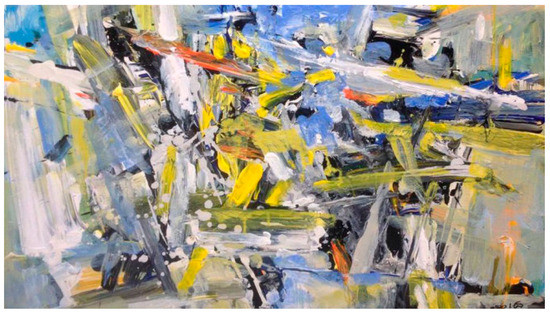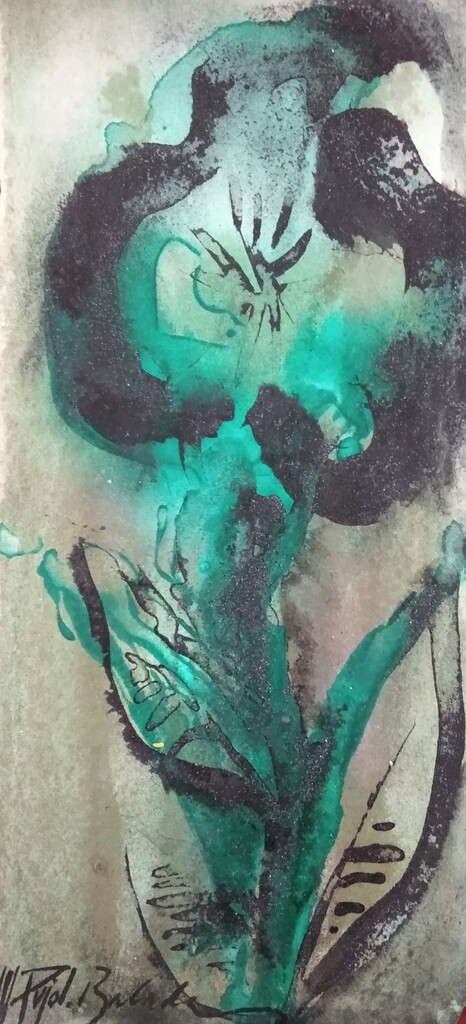

_from_Immortal_Hulk_Vol_1_45_002.jpg)
Additionally war can either be international, involving more than one sovereign state, or a civil war, existing within a state.Įscalating a conflict to a state of war is never a lighthearted decision, regardless of the type and level of violence. Total war is relative to the concept of “limited war,” which is fought for any lesser goal than political existence (Baylis et al, 2017, 228). Within the concept of war as a whole there also exists the concept of “total war,” where a state is fighting for its very existence. Low-intensity conflict is consistent with asymmetric, permissive battlefields, irregular guerilla tactics, counter-insurgency operations and typically involves non-state actors. This type of warfare is engaged with “near-peer” capable parity between states. High intensity conflict is defined through concepts consistent with linear warfare, symmetric combat, combined arms maneuver and unified action through multiple domains. The two most common forms of warfare are high intensity conflict and low intensity conflict. War may seem simple to define yet encompasses a variety of conflicts with many types and forms of war displayed throughout history and modern times. War is organized violence among groups it changes with historical and social context and, in the minds of those who wage it, it is fought for some purpose, according to some strategy or plan (Baylis et al, 2017, pg. In order to understand the causal factors of war we have to define what war is and reverse engineer how and why these parties escalated their relations to a violent level of conflict. “War is nothing but a duel on an extensive scale…war therefore is an act of violence intended to compel our opponent to fulfil our will ” (Clausewitz et al, 2008, pg. This essay will define war in the international and historical sense, then analyze human nature’s role in conflict, followed by human nature’s projection on the nation state and finally conclude with the most frequent manifestations of conflict and conclusion. There are many immediate contributing factors of war, and this essay will discuss them, but it will initially focus on the generalized explanation of human nature in the pursuit of security as the primary cause of war.

For neorealist writers such as John Mearsheimer, international politics is not characterized by these constant wars, but nevertheless a relentless security competition, as we will discuss in this essay (Baylis et al, 2017, pg. Additionally, many well-known international relations theorists have applied forms of theoretical framework to understand how and why we create friction in our societies, focusing on a variety of aspects, from international institutions to gender.

Many scholars have analyzed the causes of war on a state-by-state-basis, other writers believe that it is possible to provide a wider, more generalized explanation (Baylis et al, 2017, pg. As Kenneth Waltz states, “there is no peace in a condition of anarchy,” and there will always be a form of anarchy as long as human nature is a variable in our complex domestic and international systems. War and conflict has been as much a constant in human history as humans. “ To expect states of any sort to rest reliably at peace in a condition of anarchy would require the uniform and enduring perfection of all of them” (Waltz, 2001, pg.


 0 kommentar(er)
0 kommentar(er)
